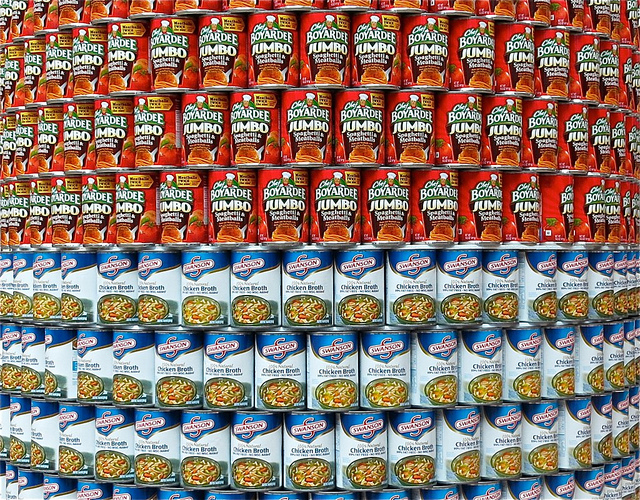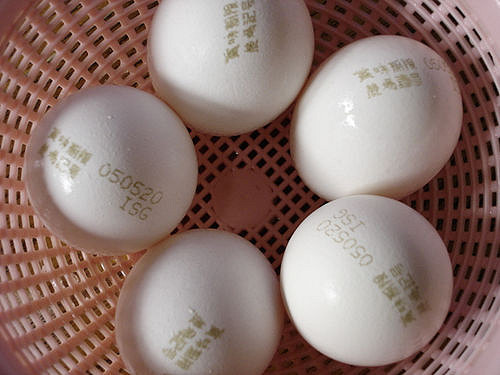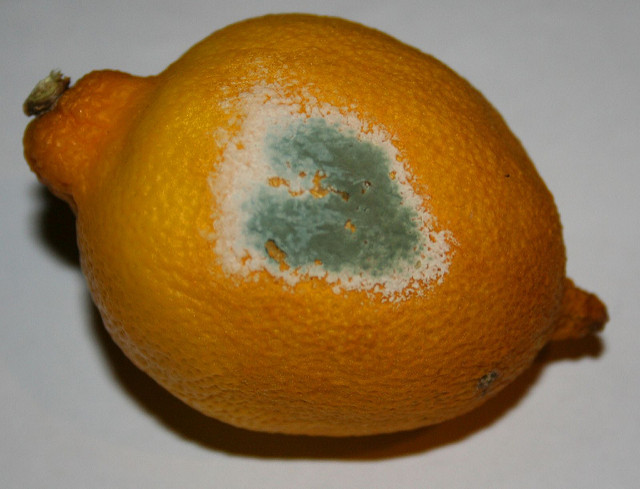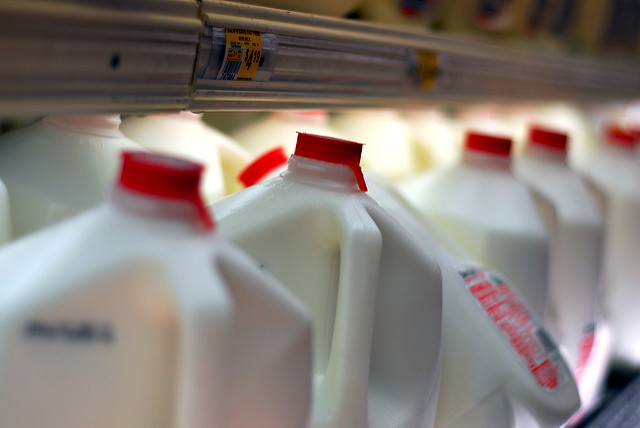How a Small Change Could Curb Food Waste in a Big Way
By:
American manufacturers have a multitude of terms for package labels to denote the longevity of food. So many, in fact, that most Americans don't know what to make of the different labels.
"Sell By," "Use By," "Better if Used By," "Best if Used By"—it's a veritable word salad.
 Dean Hochman - flickr.com
Dean Hochman - flickr.com
Advocates are now pushing food manufacturers to simplify their terminology to eliminate food waste.
The many terms used by food manufacturers have many different meanings:
- Some terms refer to a product's quality past a certain date.
- Others reflect a safety concern past a certain date.
- Still others are used to track inventory and have very little to do with the food itself.
So who writes the rules about these terms?
Well, nobody.
"There are no uniform or universally accepted descriptions used on food labels for open dating in the United States," according to the Food Safety Inspection Service, a branch of the U.S. Department of Agriculture.
This means that a variety of labels get used. "There are more than 10 different variations of expiration date phrasing," Sean Rossman wrote in USA Today.
 iMorpheus - flickr.com
iMorpheus - flickr.com
As a result, many consumers choose to play it safe and throw away any food that is older than the date on the label.
This can lead to a lot of waste.
Complex labels are a "key factor leading to this waste," a 2013 study by Harvard Law School and the NRDC concluded.
Some 40 percent of the food in America is never eaten. At the same time, "one in eight Americans struggles to put food on the table," the Natural Resource Defense Council estimated.
There are initiatives to curb food waste around the world. The impetus to reduce waste on our own shores has never been more important.
 Liz Jones - flickr.com
Liz Jones - flickr.com
A new initiative led by the Food Marketing Institute and the Grocery Manufacturers Association seeks to simplify the terms.
The two organizations are proposing that food manufacturers use only the two following simplified labels, according to David Fikes, vice president of communications and consumer affairs at the Food Marketing Institute:
- "Best if used by" to refer to products that might see a decline in quality past a certain date.
- "Use by" for products that might not be safe past a certain date.
The two-term system is designed to simplify consumer experiences and lead to less wasted food.
Why these terms over all the others?
"We did a great deal of consumer testing," Fikes said, adding: "The best-if-used-by/use-by system was the runaway winner."
 Guy Montag - flickr.com
Guy Montag - flickr.com
Hopefully, the new system will save pounds of food from being unnecessarily thrown away.
